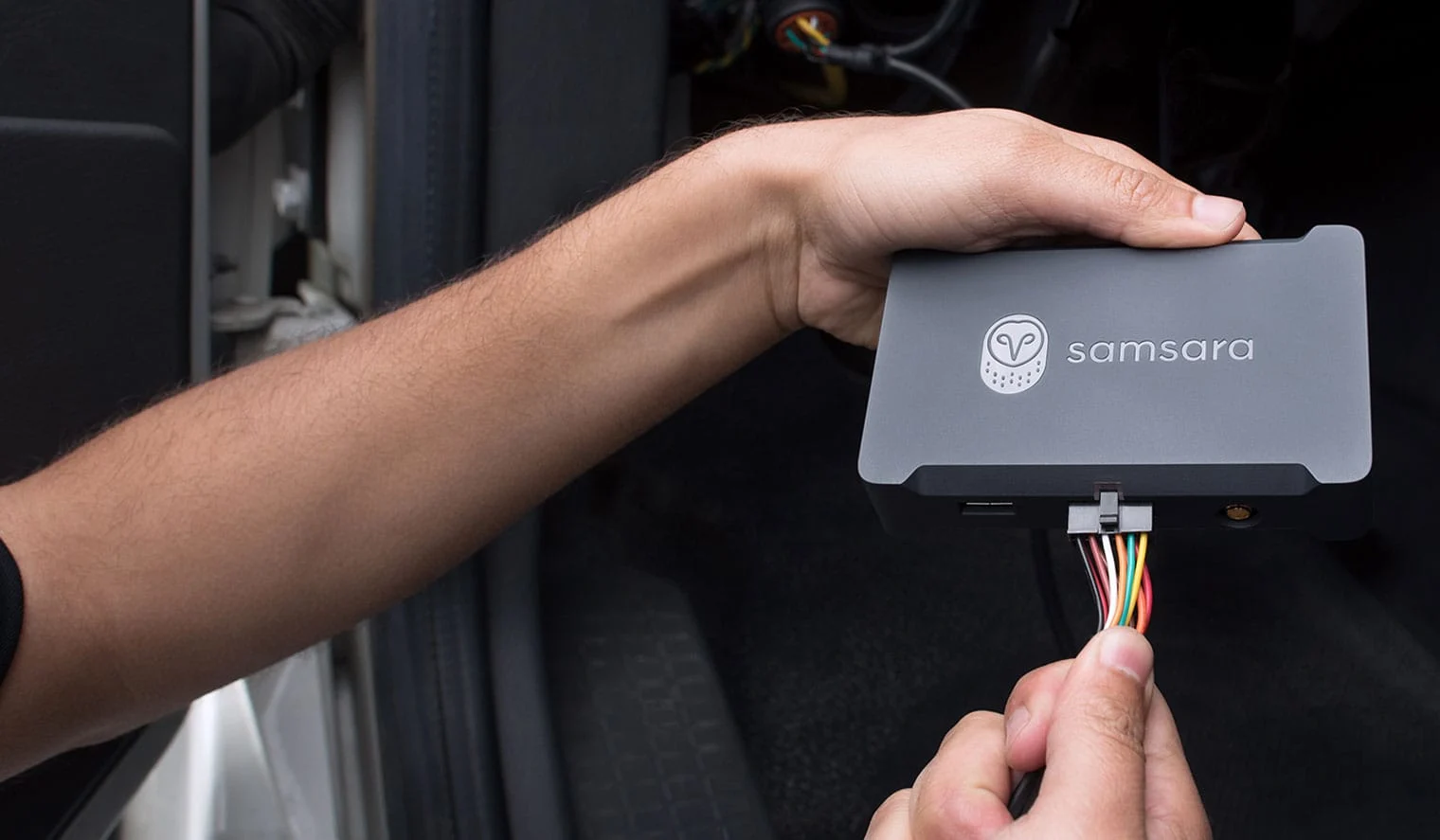Company News
How AI and autonomy are transforming the frontlines
May 1, 2025
Communications Lead

Samsara recently convened a panel of experts at our research and development center in San Francisco for a special event: "Autonomy on the Frontlines - AI & Robots for our Global Infrastructure." The conversation, led by Samsara's CEO and Co-Founder Sanjit Biswas, explored the tangible ways AI and autonomous solutions are transforming physical operations, and offered a glimpse into the future.
Filling Historic Labor Gaps with Automation
Across industries in the world of physical operations, the growing shortage of frontline workers presents a significant challenge. Gautam Narang, CEO and Co-Founder at Gatik, brought this issue to life by explaining how their autonomous middle-mile transportation solution is providing crucial capacity in logistics. For Narang, "This middle mile is underserved and overlooked," making it a vital area where autonomous vehicles can bridge critical operational gaps. Kiren Sekar, Chief Product Officer at Samsara, added that the strategic deployment of automation isn't just about filling empty roles; it's about optimizing human capital. By automating repetitive or less desirable tasks, organizations can redeploy their workforce to focus on higher-value activities, improving job satisfaction, and overall productivity.
This shift also allows for the creation of new talent pools to hire from. Jefferson Maldonado, Director of Robotics and Automation at ArcBest, illustrated this by describing the use of its autonomous and teleoperated forklifts, "When we move that operator from the forklift to an office environment, you've now enabled a completely different labor pool that wasn't accessible before," highlighting the opportunity to include individuals who are not traditionally suited for these roles, including those with physical disabilities.
Creating Safer Operational Environments
The inherent risks in many frontline roles are being directly addressed through the integration of autonomous solutions. Maldonado envisioned a new reality of warehouses where hazardous tasks are executed with precision, minimizing human exposure to danger. Maldonado referenced OSHA reports an estimated 100,000 forklift-related incidents annually, with about 35% being serious. By automating tasks in risky environments, such as when operating heavy machinery or navigating busy warehouse floors, organizations can significantly reduce the likelihood of accidents and injuries.
Boris Sofman, an autonomy expert and former Waymo engineering leader, discussed the rigorous safety standards for autonomous vehicles on the road, noting, "You have to operate at a next level.” Highlighting a collaborative approach from private and public sector leaders is the right path, Narang pulled from his own experience, "The way we go about our safety framework is, we get all the different stakeholders to the table. We as the AV developer, our customers as the adopters, local regulators, policy makers, emergency services, we all come together and define what is acceptable risk." Panelists made it clear that trying to do it alone is not a winning strategy.
Driving Innovation with Real-Time Data
The advancements in AI and autonomy are translating into benefits across physical operations and offer a clear path forward. Sofman noted the increasing sophistication in navigating complex real-world scenarios. He explained, "What's been really incredible about these technologies is that they're able to capture the most subtle nuances of human behavior in ways that you would never be able to engineer." This ability to learn and adapt is making automation an increasingly effective tool in dynamic operational environments. Sekar emphasized that the real power lies in the ability to process vast amounts of data, providing insights that can further optimize workflows, predict potential issues, and ultimately drive better decision-making across operations in real time.
While it’s clear these technologies are already having an impact, Biswas acknowledged that widespread adoption of autonomous solutions in particular will take time and thoughtful integration. "This is a topic that's coming up more and more with our customers," Biswas noted, "Even once a technology becomes viable, there's an adoption curve. There's a gradient effect we should be prepared for."
For more expert insights and a closer look at these technologies, watch the recap video.



















